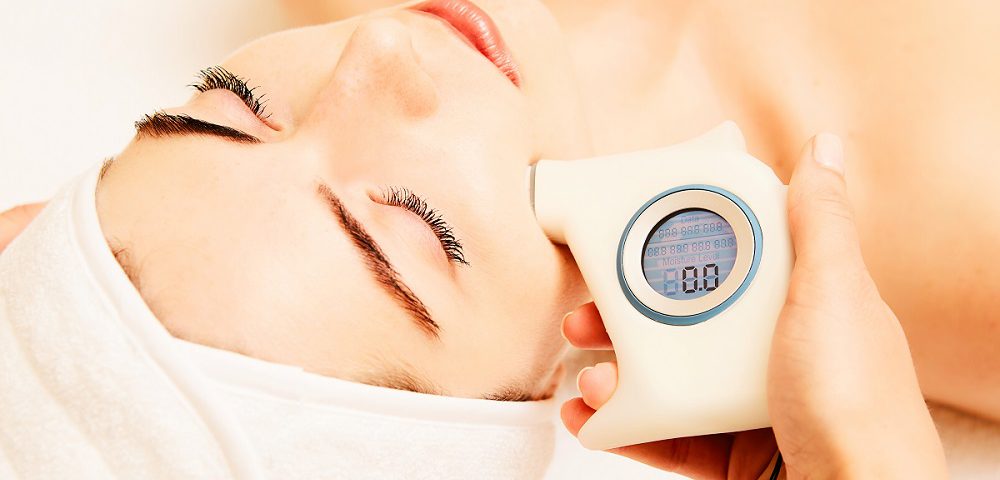In part one of this blog last week, I discussed the different drivers behind the personalization trend and looked in depth at the varying interpretations of the term bespoke when it comes to beauty – from the more basic mix-at-home concepts to the specialist companies that assess each individual case either in person or via an online questionnaire. In this installment, I will examine a selection of other approaches used to deliver ‘personalisation’, starting with companies that have created specific tools to customise products.
This technique is especially well suited to colour specifications – be this for hair dye custom creation or colour-matched facial cosmetics. A good example here is Lancôme’s Le Teint Particulier, whereby a device called the Lancôme Color Expert is used to scan skin in-store to measure the customer’s exact foundation shade.
Interesting future developments for bespoke beauty personalisation in skin care include genetics and epigenetics. Johnson & Johnson last year recognised two start-ups in its JLABS Digital Beauty QuickFire Challenge operating in this area: EpigenCare and SkinGenie.
EpigenCare gets customers to collect skin cells on adhesive strips and mail them to the company, which then analyses it against a panel of 26 epigenetic markers – each correlated with a specific skin quality, such as moisture retention, pigmentation, etc. And once customers receive skin analyses from EpigenCare, they can access a digital platform, which filters through thousands of products to find those whose ingredients match the epigenetic quality of their skin.
SkinGenie, meanwhile, uses a deep learning algorithm that distils data from more than 2,400 studies; 140 genetic variants; 95 genetic biomarkers for skin; and 150 biomarkers for hair to create a risk score that determines an individual’s predisposition to more than 30 skin traits. Products in SkinGenie’s upcoming brand Kode – with a K – will be tailored not only to customers’ existing skin needs, they will also address traits that may not yet have manifested.
And, back in 2017, scientists from the department of dermatology at the University of California, San Diego created lotions to fend off Staphylococcus aureus infections in skin, developed using cultures from the patients’ own microbiome. Surely, with so much current focus on the skin’s microbiome, and prebiotics and probiotics, commercial products personalised according to consumers’ unique microbial make-up cannot be long off.
For further information on the latest cosmetics industry trends including personalisation, visit www.cosmeticsbusiness.com.

